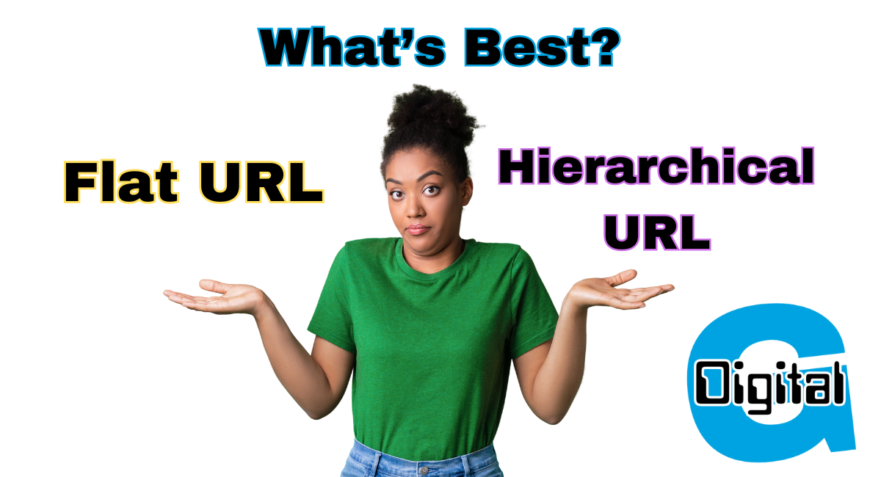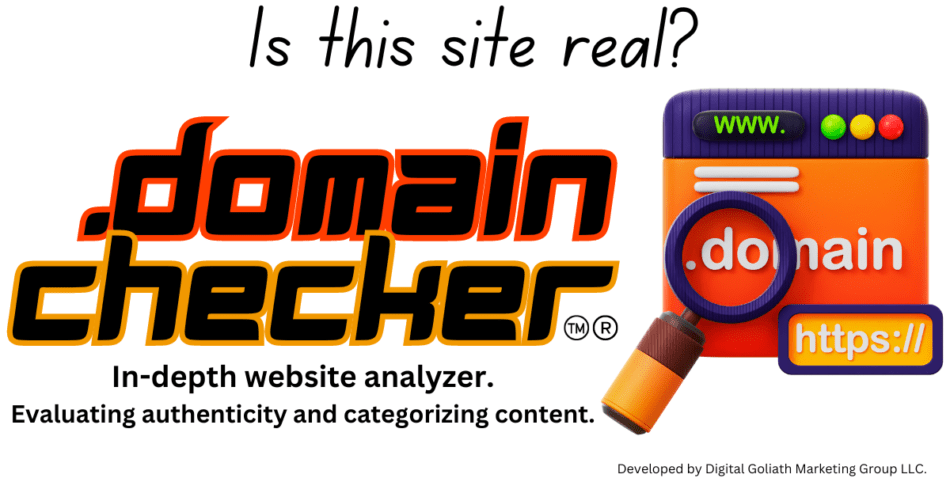The choice between a flat URL structure or hierarchical URL structure for website interlinks depends on the size of the website, its content organization, and the goals for user navigation and SEO (Search Engine Optimization).

Flat URL Structure:
- Pros:
- Simplicity: Easier for users to remember and type URLs.
- SEO Benefits: Some believe that search engines might favor flatter structures because they can crawl the site more easily, potentially improving the site’s visibility.
- Ease of Scaling: Adding new pages doesn’t require reorganizing the entire structure.
- Cons:
- Less Organizational Clarity: For very large sites, a flat structure can become confusing, making it hard for both users and search engines to understand the site’s hierarchy and content relevance.
- Limited Scalability: Beyond a certain point, it can be challenging to maintain clear categorization and navigation.
Tiered URL Structure:
- Pros:
- Better Organization: Helps in logically grouping content, making it easier for users to navigate and for search engines to understand the context and relationships between pages.
- Scalability: Easier to scale and manage for large websites with diverse content, as it clearly defines parent-child relationships.
- Focused SEO: Allows for targeted SEO strategies within specific categories or subcategories, potentially improving ranking for more specific queries.
- Cons:
- Complexity: More complex to set up and maintain, especially as the site grows.
- Potential for Deep Links: If not managed well, important content can end up buried deep within the site, making it harder for search engines to crawl and users to find.
Which is Better?

- For smaller websites or those with a narrow focus, a flat structure might be preferable for its simplicity and ease of navigation.
- For larger, content-rich websites, a tiered structure is often better due to its superior organization, scalability, and SEO benefits for structured content.
Ultimately, the best choice depends on your specific website needs, including how you expect your site to grow and how you want users to interact with your content. A hybrid approach, maintaining a balance between depth and accessibility, can also be effective in some cases


